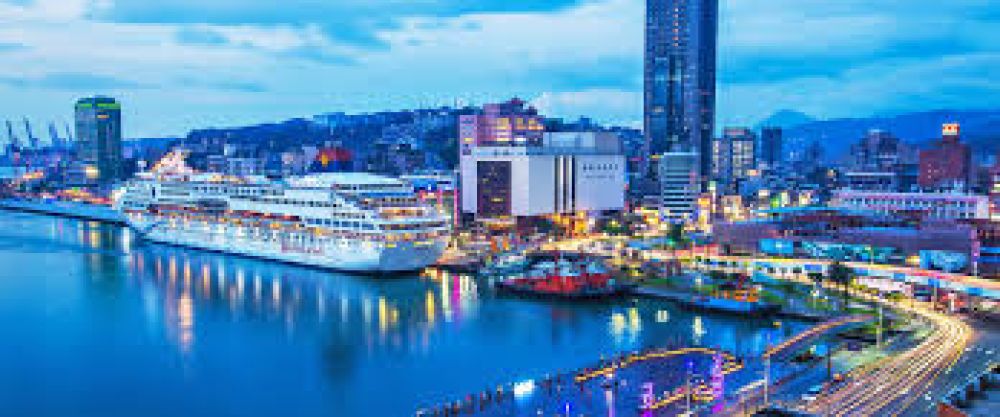

Keelung Harbor has long been an integral part of Taiwan's history, serving as a gateway for culture and commerce. Its deep, natural harbor made it an ideal location for maritime activities, drawing interest from various foreign powers over the centuries. The Spanish erected a fort here in the early 17th century, only to be ousted by the Dutch later. By the time the Qing Dynasty ruled, Keelung Harbor had become a notable port for trade with China and western nations.
The modern history of Keelung as a tourist destination began to take shape in the late 20th century. Taiwan's economic boom led to improved transportation infrastructure, which, in turn, made Keelung Harbor more accessible to both domestic and international tourists. The city's rich culture and the harbor's natural beauty became focal points for the fledgling tourism industry.
Significant milestones include the establishment of the Keelung Cultural Center, the Keelung Maritime Festival, and the redevelopment of waterfront areas to accommodate leisure and tourism activities.
In recent years, Keelung has continued to evolve as a tourism hotspot, with sustainability and local experience gaining traction as key themes. The rise of eco-tourism has seen Keelung Harbor embracing initiatives that protect its delicate marine ecosystem. Accommodation offerings have diversified, ranging from luxury hotels to homey bed-and-breakfasts, catering to the growing trend of experiential travel.
Another popular trend is the increasing prominence of cruise tourism, with Keelung Harbor serving as both a destination and a point of departure for numerous cruise lines throughout Asia, bolstering the city's reputation as a maritime hub.
The Keelung City Government has also taken steps to enhance the tourist experience by organizing various cultural festivals, improving English signage throughout the city, and offering multilingual guided tours, all of which aim to make Keelung an international-friendly destination.
Looking forward, Keelung Harbor is embracing the digital revolution in tourism, investing in smart technologies that provide tourists with rich informational content and seamless services. Efforts are being made to integrate local businesses into the tourism economy, ensuring that growth benefits community stakeholders. Keelung's coast is also seeing the development of pedestrian-friendly walkways and the enhancement of historical sites, promising to maintain the harbor's allure for years to come.